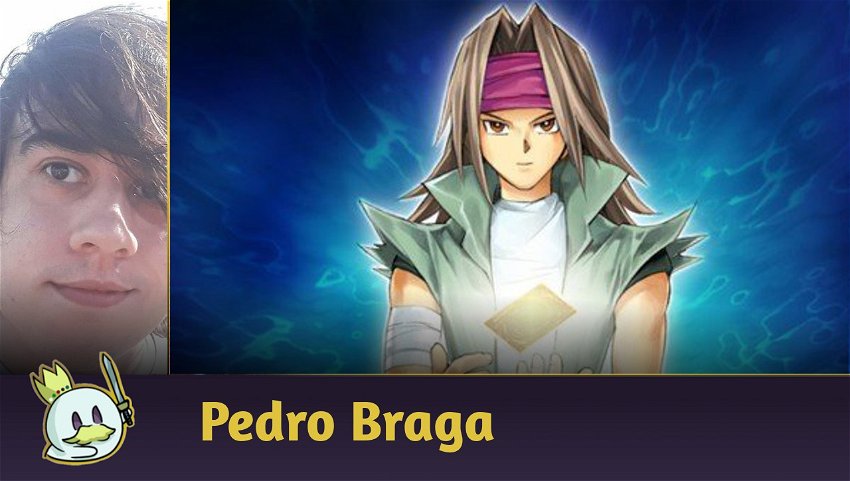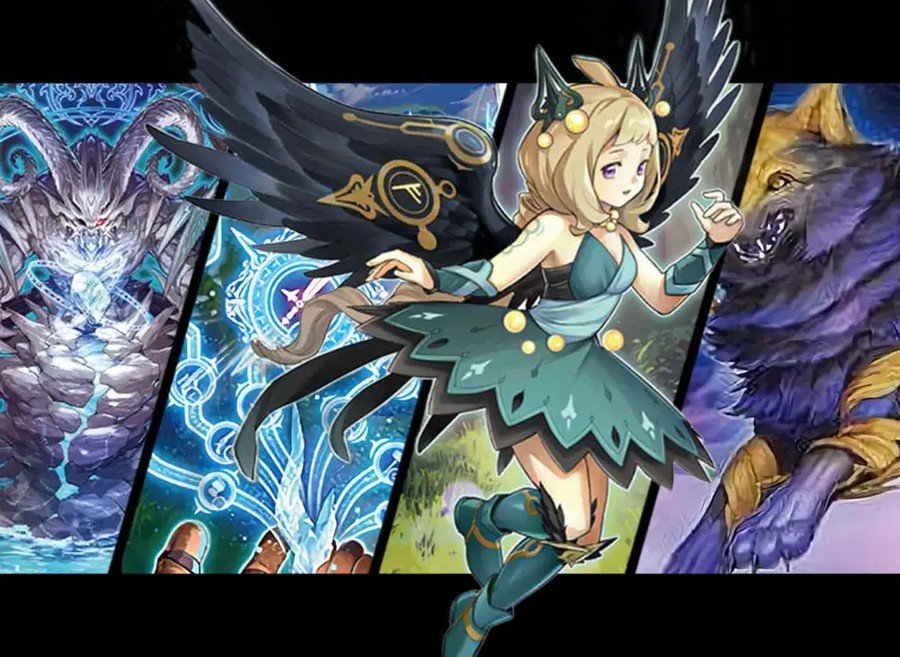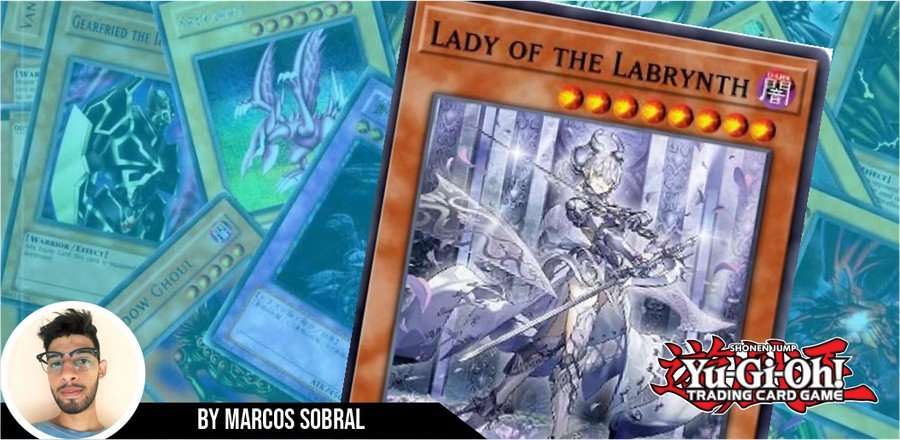About Common Charity
I usually write Magic articles. Still, sometimes I'm enchanted by something from another game, and the next thing I know I'm buying a precon deck and learning something new. This time, I'm going to write about something that excited me a lot in the world of Yu-Gi-Oh!, the so-called Common Charity, an alternative format originally described by Konami. It's pretty much Yu-Gi-Oh!'s equivalent of Pauper.
For those who aren't aware, Pauper is a Magic: The Gathering game format where only common cards are allowed. The goal is financial and card inventory accessibility, which allows players to participate without having to spend large amounts of money or have large collections.
In addition, the format also encourages creativity and innovation, as players need to find ways to win with less conventional cards. Still, low rarity means nothing in Pauper, as powerful cards are also present in the format.
Seeking a similar feeling to Yu-Gi-Oh!, Common Charity mirrors that, using cards with reasonable prices, but without losing the essence of the game and using interesting cards. Almost entire archetypes, with some great finisher monsters, are included in the format, and strong Staples at competition levels like Ash Blossom & Joyous Spring are available.
In a game where competitive decks last a few months and cost tons of money, Common Charity really captivated me, with the possibility of offering us experiences without the fear of losing investment, due to increasingly cruel Banlists.
Other Rules
The format is suggested by Konami with a set of alternative rules to their standard Duel Monsters, but even then, it doesn't have much depth, being reduced to a single paragraph written in a company announcement. Which unfortunately doesn't make it as important to the company as Magic's commons format is to Wizards, which despite not giving as much emphasis to Pauper does have a more active rules and sanctioning committee, which monitors and helps to evolve the game with bans and tweaks.
Common Charity has no official banned list, other than cards of higher than common rarity. This type of adjustment would be in charge of groups and would be locally restricted to them, since even though there are groups dedicated to the format on the internet, we don't have a central regulatory entity.
Another rule that is stipulated by Konami but can be easily circumvented if the game group agrees, is that cards used in this format have to be in their common version. Different from Pauper, where we can find many pieces in other rarities. This, in general, is a little annoying when it comes to getting cards, since there are several cards available as common in just one product with a small print run. It is a rule that I would not particularly cherish, but maybe there are those who are interested in opting for it.
Main decks of the format
It must be made clear that the format has its own sharks. Just as Magic's Pauper suffers from some centralizing strategies, Common Charity also has more expressive decks. Still, Common suffers less from unevenness between decks, leaving room for creativity to roll, while ensuring good attrition in matches.
Below are some of the main archetypes that players run:
Lunalight

Lunalight is an archetype that I really like visually, originally featured in the Arc-V anime. As the name suggests, the cards here are related to the moon and feature a themed appearance of dancers and nocturnal animals.
The archetype is a popular set of monster cards in Yu-Gi-Oh! which focuses on performing Fusion monsters quickly and efficiently. They feature unique abilities that help increase the Summoning ability of other Lunalight monsters, as well as provide additional protection for your monsters on the field, making them a popular choice for many Duelists. The deck is considered since the beginning of the format the one that best performs only with common cards.
Gouki

The Gouki archetype is a set of monster cards introduced to the game in 2017, in the "Code of the Duelist" set. The Gouki archetype is focused on direct attacks and close combat capabilities.
Gouki cards have a martial art fighter-themed appearance and feature names based on martial arts moves, such as Gouki Octostretch and Gouki Headbatt. Each Gouki card has unique abilities that help to increase the combat capability of other Gouki monsters on the field, thus enabling an aggressive game strategy.
In particular, I like how Gozen Match behaves in this deck in matches against higher stat decks like Tenyi. But against Lunalight, whose deck is mostly made up of Dark attribute cards, it's good to swap it out for something on the side. Even so, it's a strong floodgate in the format, and it sets the example that it's not because the Card is common that it's weak.
Tenyi

Tenyi cards have a themed appearance of dragon creatures with natural elements and unique abilities. Focused on activating their effects when there are no monsters with effect on the field, this archetype is usually seen in the main format of the game alongside the Sword Soul archetype.
The core of the deck revolves around summoning one of the Tenyi Dragons, usually by Special Summoning to a field with no creatures, and then finding a way to put a creature on the field with no effects. And when we talk about Special Summons we mean almost any card.
A hallmark of the Tenyi archetype is that its higher-Level monsters, such as Tenyi Spirit - Ashuna and Tenyi Spirit - Vishuda, can be Summoned without the need for a Fusion, Ritual, or Synchro Summon. . Instead, these monsters can be Summoned directly from the player's hand during their Main Phase.
Predaplant

Since the 5D's era, plant-type creature decks have always been popular and had a good number of support and cards such as Lonefire Blossom that helped your strategies flow.
As a good fusion deck, it not only carries Polymerization, but also cards that allow the Extra Deck to be summoned without the help of magic, such as Predaplant Chlamydosundew. Unfortunately, we don't have some monsters like Predaplant Chimerafflesia, which has a high rarity, but we can count on other powerful outs in the deck, Predaplant Dragostapelia, for example, came out as common in almost all its incarnations and plays an important role in the deck.
Predaplant Ambulomelides is also in the deck, making it a great target for Instant Fusion! And if you want to exaggerate a bit, Starving Venom Fusion Dragon is in the deck.
Suship

This one is my pe tdeck. Combining my love of cooking with war machines, Suships are literally Sushi-shaped warships that perform XYZ Summons to turn into better ships.
The deck revolves around Gunkan Suship Shari, which is easily fetched by Unexpected Dai and other cards that mimic its name, such as Gunkan Suship Ikura. The important thing is to know that you can count on a Shari as much as possible in the field, to allow you to juggle raw fish to your satisfaction.
Depending on the Sushis that assemble their XYZ it is also possible to perform mini combos, increasing the range of possible moves with the deck and bring diversity in play lines. Gunkan Suship Ikura-class Dreadnought, for example, allows you to draw a card and attack twice in the battle phase when it's done with Shari and Ikura, respectively. Attacking twice with Ikura-Class Dreadnought is even better when you have the notion that for every damage it deals, you can destroy an opponent's card.
Time Thief Redoer

Finally, I'm going to discuss a card that I really liked in the common slot and that allows my favorite type of play, juggling with super specific conditions. Time Thief Redoer exiles cards from the top of the opponent's deck, causing some disruption to their draws, and then using those materials to trigger specific effects.
It's always a card that gives me a lot of satisfaction to use, and the game is much more fun with it.
Conclusion
I loved getting to know the format and playing it, it's something that I honestly think could be of interest to the community, since it focuses on cards with more affordable prices and allows strategies that don't focus so much on playing solitaire alone for twenty minutes while the opponent stares at you.
It's really a very exciting thing for the game, and groups can form around it and play the format for fun and competition.














— Comentarios 0
, Reacciones 1
Se el primero en comentar